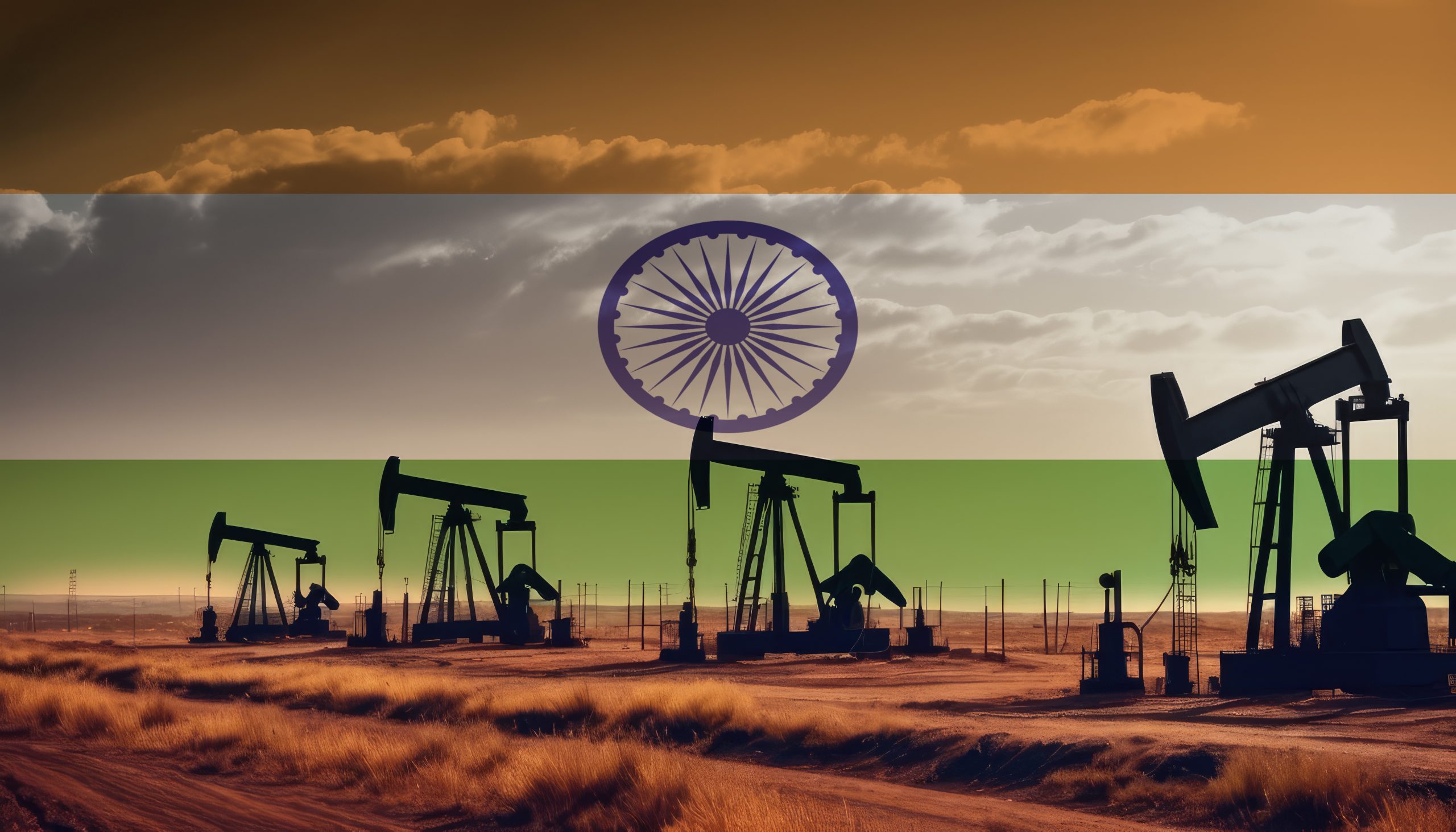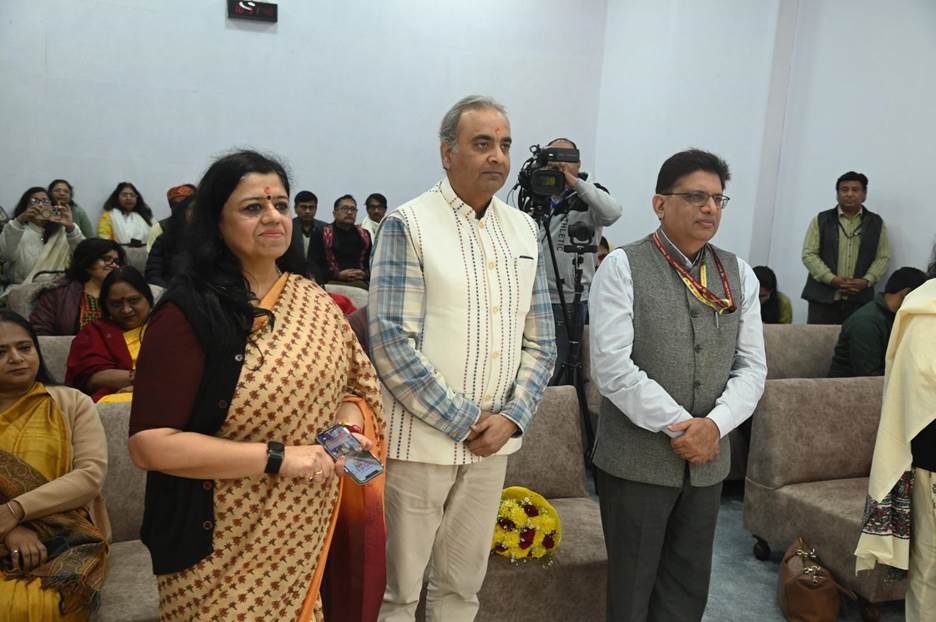In a powerful reaffirmation of India’s drive toward energy self-reliance, the nation took a major stride forward with the signing of agreements under the ninth round of the Open Acreage Licensing Policy (OALP) and the Special Discovered Small Field (DSF) round. Speaking at the event, Union Petroleum and Natural Gas Minister Shri Hardeep Singh Puri emphasized that these milestones reflect more than just administrative achievements—they are a symbol of India’s firm resolve to build a secure, sustainable, and resilient energy future.
 The gravity of India’s energy challenge is evident. With the country still importing 88% of its crude oil and half of its natural gas requirements, the need to expand domestic production has become increasingly urgent. Shri Puri highlighted that in the coming two decades, India alone will account for 25% of the world’s incremental energy demand growth. The country’s journey toward meeting this demand has not been easy. A decade of stagnation, marked by delays and indecision between 2006 and 2016, had dampened investor confidence and driven away global energy players. But the tide has turned.
The gravity of India’s energy challenge is evident. With the country still importing 88% of its crude oil and half of its natural gas requirements, the need to expand domestic production has become increasingly urgent. Shri Puri highlighted that in the coming two decades, India alone will account for 25% of the world’s incremental energy demand growth. The country’s journey toward meeting this demand has not been easy. A decade of stagnation, marked by delays and indecision between 2006 and 2016, had dampened investor confidence and driven away global energy players. But the tide has turned.
Under the current government, a series of far-reaching reforms have sparked a resurgence in exploration activities. What was once a sluggish sector is now becoming a dynamic hub of scientific innovation and policy clarity. Since 2014, 76% of India’s current exploration area has been brought into action, with a dramatic increase in acreage offered to investors. In the latest OALP Round-IX, 28 blocks were awarded across eight sedimentary basins, covering a staggering 1.36 lakh square kilometers. Nearly 38% of these lie in areas that were once declared inaccessible.
India’s sedimentary basin coverage has also seen a jump—from 6% in 2014 to 10% today—with a target of reaching 15% in the near future. A substantial ₹7,500 crore investment has fueled this growth, funding seismic surveys, aerial mapping of difficult terrains, and the drilling of strategic wells. Additionally, the National Data Repository is being overhauled to provide seamless, cloud-based access to vital geological data, making investment and exploration decisions faster and more transparent.
The momentum doesn’t stop there. With OALP Round-X already underway, another 25 blocks are on offer—this time covering the largest acreage ever at 1.92 lakh square kilometers. Notably, more than half of this lies in areas that were previously off-limits. Meanwhile, the newly launched DSF Round-IV brings to the table 55 discoveries with an estimated 258.59 million metric tonnes of oil equivalent, all of which have been technically vetted and are now open to investor scrutiny.
The Minister also shed light on India’s vast and largely untapped unconventional hydrocarbon reserves. With 15 Coal Bed Methane (CBM) blocks, five of which are already producing, the government is preparing to roll out a special CBM round offering three more blocks. This move reflects India’s broader strategy to diversify its energy sources and ensure long-term supply security.
In a landmark policy move, the amended Oilfields (Regulation and Development) Act of 1948 came into force on April 15, 2025. This long-awaited reform brings India’s upstream sector in line with global best practices, ensuring better transparency and investor confidence. Responding to industry feedback, a Joint Working Group—comprising public and private stakeholders—has submitted its recommendations, setting the stage for more collaborative governance. In another step towards inclusivity and regulatory clarity, the government launched a public consultation portal for the draft PNG Rules, inviting citizens and industry voices to help shape future policies.
As the ceremony concluded, Shri Puri congratulated the awardees and reaffirmed the government’s commitment to supporting their efforts. He called on them to not just explore but to transform India’s energy landscape, helping the country meet the rising demands of a rapidly growing economy. The event was not just about contracts and data; it was a heartfelt declaration of India’s aspiration—to stand on its own feet, harness its immense potential, and illuminate the path to a more secure energy future for all.




